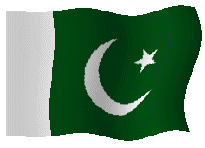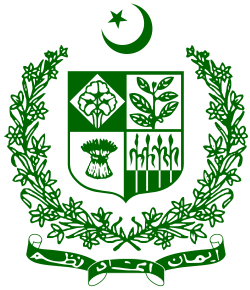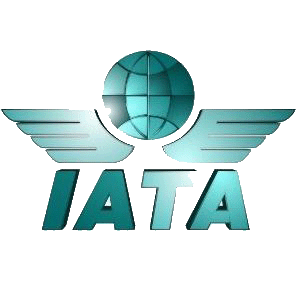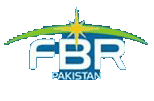 |
||||||
|---|---|---|---|---|---|---|
| ||||||
| |
|---|
| |
| |
| |
| |
| |
| |
| |
| |
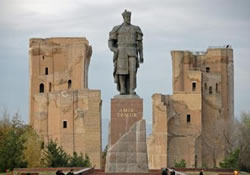 |
|---|
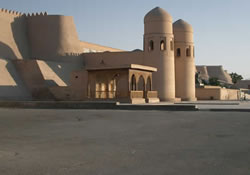 |
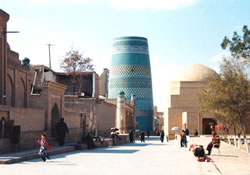 |
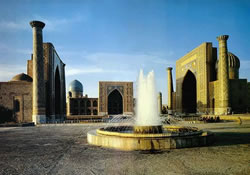 |
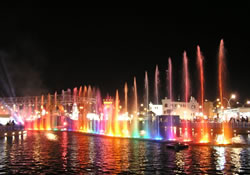 |
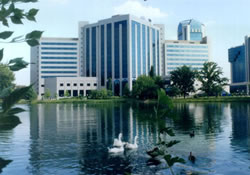 |
About UzbekistanUzbekistan, officially the Republic of Uzbekistan, is a doubly landlocked country in Central Asia, formerly part of the Soviet Union. It shares borders with Kazakhstan to the west and to the north, Kyrgyzstan and Tajikistan to the east, and Afghanistan and Turkmenistan to the south. Once part of the Persian Samanid and later Timurid empires, the region was conquered in the early 16th century by Uzbek nomads, who spoke an Eastern Turkic language. Most of Uzbekistan's population today belong to the Uzbek ethnic group and speak the Uzbek language, one of the family of Turkic languages. Uzbekistan was incorporated into the Russian Empire in the 19th century and in 1924 became a constituent republic of the Soviet Union, known as the Uzbek Soviet Socialist Republic (Uzbek SSR). It has been an independent republic since December 1991. Uzbekistan's economy relies mainly on commodity production, including cotton, gold, uranium, and natural gas. Despite the declared objective of transition to a market economy, Uzbekistan continues to maintain rigid economic controls, which often repel foreign investors. The policy of gradual, strictly controlled transition has nevertheless produced beneficial results in the form of economic recovery after 1995. Uzbekistan's domestic policies of human rights and individual freedoms are often criticized by international organizations. GeographyUzbekistan is approximately the size of Morocco and has an area of 447,400 square kilometers (172,700 sq mi). It is the 56th largest country in the world by area and the 42nd by population. Among the CIS countries, it is the 5th largest by area and the 3rd largest by population. Uzbekistan stretches 1,425 kilometers (885 mi) from west to east and 930 kilometers (578 mi) from north to south. Bordering Kazakhstan and the Aral Sea to the north and northwest, Turkmenistan to the southwest, Tajikistan to the southeast, and Kyrgyzstan to the northeast, Uzbekistan is not only one of the larger Central Asian states but also the only Central Asian state to border all the other four. Uzbekistan also shares a short border (less than 150 km) with Afghanistan to the south. Uzbekistan is a dry, landlocked country; it is one of two double-landlocked countries in the world, i.e., a country completely surrounded by land-locked countries – the other being Liechtenstein. Less than 10% of its territory is intensively cultivated irrigated land in river valleys and oases. The rest is vast desert (Kyzyl Kum) and mountains. The highest point in Uzbekistan is 4,643 meters (15,233 ft), located in the southern part of the Gissar Range in Surkhandarya Province, on the border with Tajikistan, just north-west of Dushanbe (formerly called Peak of the 22nd Congress of the Communist Party, today apparently unnamed). The climate in the Republic of Uzbekistan is continental, with little precipitation expected annually (100–200 millimeters, or 3.9–7.9 inches). The average summer temperature tends to be 40 °C, while the average winter temperature is around 0 °C. Major cities include Bukhara, Samarqand, Namangan and the capital Tashkent. LanguagesThe Uzbek language is the only official state language. The Tajik language is widespread in the cities of Bukhara and Samarqand because of their relatively large population of ethnic Tajiks. Russian is still an important language for interethnic communication, especially in the cities, including much day-to-day technical, scientific, governmental and business use. Russian is the main language of over 14% of the population and is spoken as a second language by many more. The use of Russian in remote rural areas has always been limited, and today school children have no proficiency in Russian even in urban centers. In 1992 Uzbekistan officially shifted back to Latin script from traditional considerations of consistency with Turkey, but many signs and notices (including official government boards in the streets) are still written in Uzbek Cyrillic script that had been used in Uzbek SSR since 1940. Computers as a rule operate using the "Uzbek Cyrillic" keyboard, and Latin script is reportedly composed using the standard English keyboard. TransportationTashkent, the nation's capital and largest city, has a three-line rapid transit system built in 1977, and expanded in 2001 after ten years' independence from the Soviet Union. Uzbekistan is currently the only country in Central Asia with a subway system, which is promoted as one of the cleanest systems in the former Soviet Union. The stations are exceedingly ornate. For example, the station Metro Kosmonavtov built in 1984 is decorated using a space travel theme to recognise the achievements of mankind in space exploration and to commemorate the role of Vladimir Dzhanibekov, the Soviet cosmonaut of Uzbek origin. A statue of Vladimir Dzhanibekov stands near one of the station's entrances. There are government-operated trams, buses and trolley buses running across the city. There are also many taxis, both registered and unregistered. Uzbekistan has car-producing plants which produce modern cars. The car production is supported by the government and the Korean auto company Daewoo. The Uzbek government acquired a 50% stake in Daewoo in 2005 for an undisclosed sum, and in May 2007 UzDaewooAuto, the car maker, signed a strategic agreement with General Motors-Daewoo Auto and Technology (GMDAT). The government also bought a stake in Turkey's Koc in SamKocAuto, a producer of small buses and lorries. Afterwards, it signed an agreement with Isuzu Motors of Japan to produce Isuzu buses and lorries. Train links connect many towns within Uzbekistan, as well as neighboring former republics of the Soviet Union. Moreover, after independence two fast-running train systems were established. There is also a large airplane plant that was built during the Soviet era – Tashkent Chkalov Aviation Manufacturing Plant or ?????? in Russian. The plant originated during World War II, when production facilities were evacuated south and east to avoid capture by advancing Nazi forces. Until the late 1980s, the plant was one of the leading airplane production centers in the USSR, but with collapse of the Soviet Union its manufacturing equipment became outdated, and most of the workers were laid off. Now it produces only a few planes a year, but with interest from Russian companies growing in it, there are rumors of production-enhancement plans. |
|---|
 |
|||||||||||||||||||||||||||||||||||||
|---|---|---|---|---|---|---|---|---|---|---|---|---|---|---|---|---|---|---|---|---|---|---|---|---|---|---|---|---|---|---|---|---|---|---|---|---|---|
|
|||||||||||||||||||||||||||||||||||||

